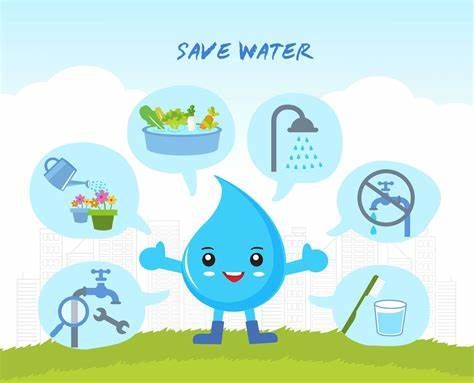 Here are some simple ideas to address water-related issues globally:
Here are some simple ideas to address water-related issues globally:
-
Rainwater Harvesting: Encourage the collection of rainwater through simple systems like rain barrels or more complex setups like rooftop collection systems. This water can be used for non-potable purposes like gardening, cleaning, or even filtered for drinking in some cases.
-
Community Wells: Establish community wells in areas where access to clean water is limited. These wells can be maintained and managed collectively, ensuring sustainable access to water for local populations.
3.Water Conservation Education: Implement education programs on water conservation in schools, communities, and workplaces. Simple habits like fixing leaks, taking shorter showers, and turning off taps when not in use can make a significant difference.
-
Water Filtration Stations: Install water filtration stations in areas with contaminated water sources. These stations can provide clean drinking water by filtering out harmful contaminants.
-
Efficient Irrigation Techniques: Promote the use of drip irrigation and other efficient watering techniques in agriculture to reduce water wastage and increase crop yield.
-
Desalination Plants: Invest in desalination plants in coastal areas to turn seawater into freshwater, addressing water scarcity in regions with limited freshwater resources.
-
Afforestation: Support tree planting initiatives to increase forest cover. Trees help prevent soil erosion, maintain water cycles, and improve water quality by filtering pollutants.
-
Waste Water Treatment: Upgrade and expand wastewater treatment facilities to ensure that wastewater is properly treated before being discharged back into the environment, reducing pollution and preserving water quality.
-
Water Infrastructure Maintenance: Invest in the maintenance and repair of water infrastructure such as pipes, pumps, and reservoirs to prevent leaks and ensure efficient water distribution.
-
Policy and Regulation: Implement and enforce policies and regulations aimed at protecting water sources, conserving water resources, and promoting sustainable water management practices at local, national, and international levels.


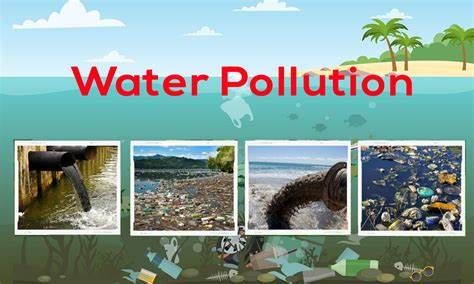 

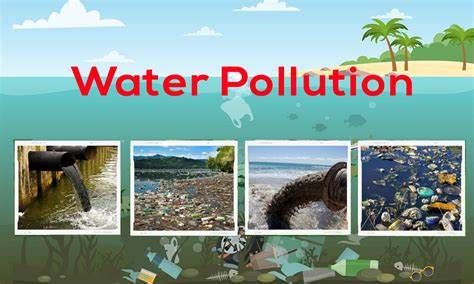
.jpg)
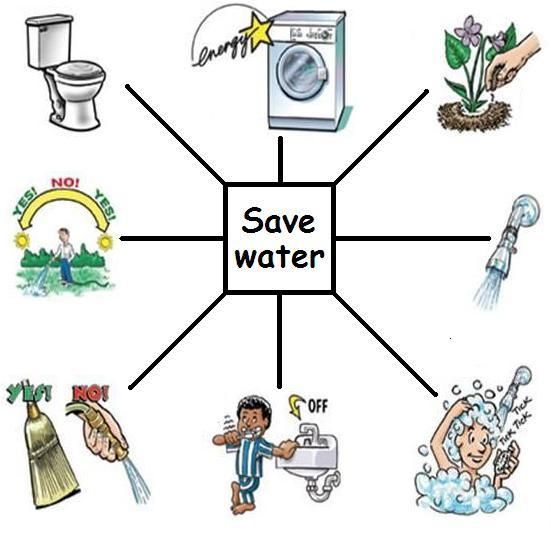
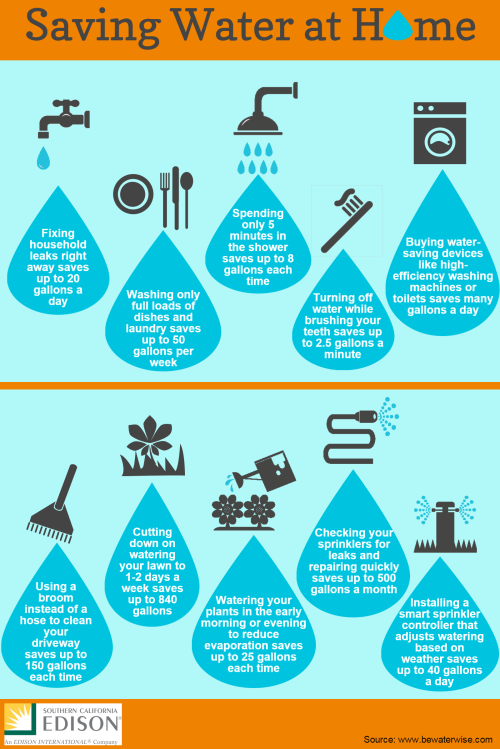

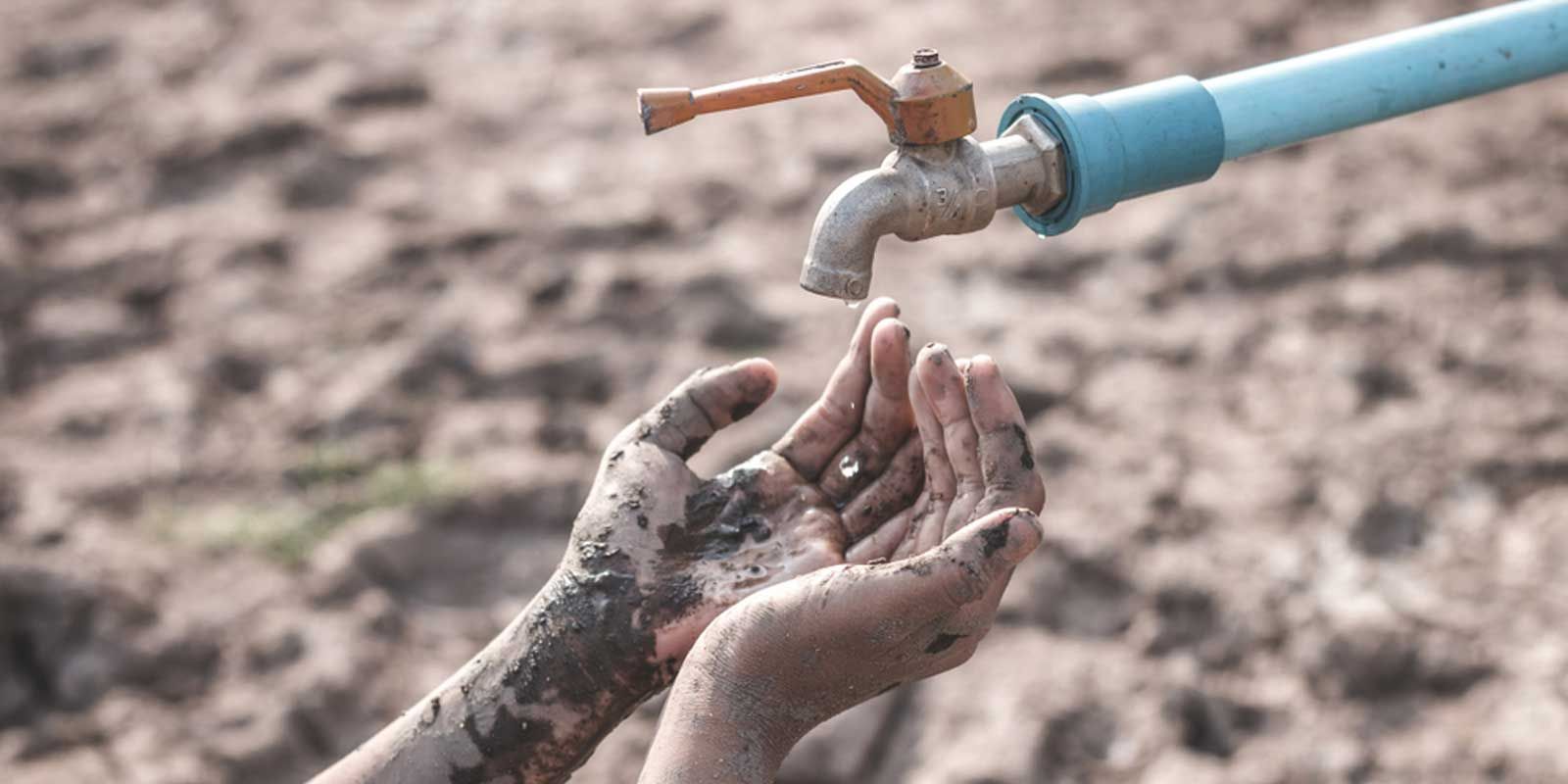

_1715332999085.jpg)

